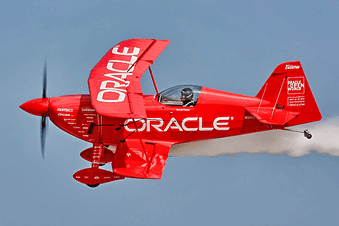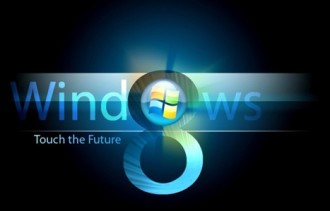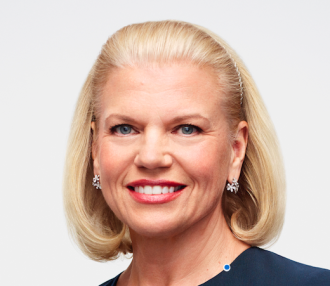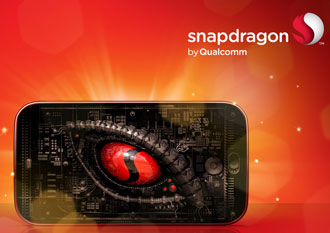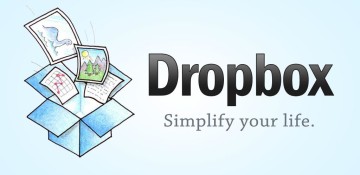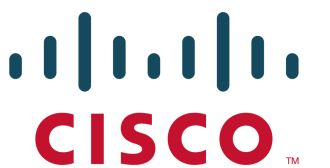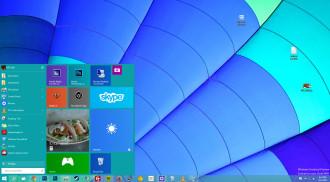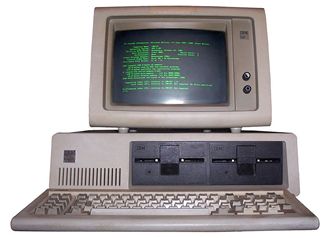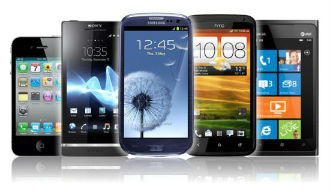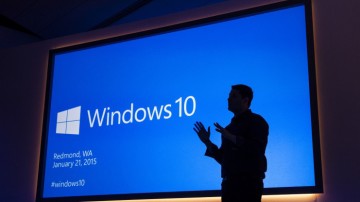 Microsoft has released details of Windows 10 and said that it will be free for many current Windows users.
Microsoft has released details of Windows 10 and said that it will be free for many current Windows users.
The company unveiled the Windows 10 consumer preview yesterday and showed off many new features which will be available.
What is surprising is that Windows 10 will be free for existing Windows users running versions of the OS, going back to Windows 7. That includes Windows 7, 8, 8.1 and Windows Phone.
Microsoft said that the upgrade would be free for the first year of release, but people would need to pay for it after that. However, Microsoft will support the upgrade for the “lifetime of the device”.
Microsoft CEO Satya Nadella said at the event he wanted Windows 10 to be the most loved release of Windows. It will have services everywhere but no bolted on apps.
There will be a new web browser for Windows 10, codenamed Project Spartan. It’ll be the primary browser in Windows 10 and will be available on PCs, tablets and phonesallows users to “draw” directly on a web page for quick sharing of notes. It includes a fully integrated reading list that follows a user across devices, as well as a built-in PDF viewer.
Another unusual thing about the OS is the use of a sort of virtual reality, called Windows Holographic, powered by a new kind of device called the HoloLens.
Microsoft’s Corporate Vice President of the Operating Systems Group, Joe Belfiore, announced it would bring back the much-missed Start Menu, but Belfiore revealed it would also have a full-screen mode that includes more of the Windows 8 Start screen. He also said Windows machines would go back and forth between two menus in a way that would not confuse people. Right.
Belfiore also showed a new notification centre for Windows, which puts a person’s notifications in an Action Center menu that can appear along the right side, similar to how notifications work in Apple OS X.
There is also a thing called Continuum to help so-called hybrid devices flip between themselves. Removing a keyboard from a tablet like the Surface Pro 3, say, will call up a dialogue box asking if a human wants to switch to tablet mode.
Microsoft has also parked its Cortana into Windows 10. People will be able to access it using a search bar next to the Windows logo in the taskbar.
Describing Cortana showed how users could ask it to play music, answer queries launch apps and open specific files, like a PowerPoint deck you’ve been working on. Cortana is also built into Spartan.
Windows 10 can work on devices smaller than 8 inches, which would have a special version of the OS tuned to the precise touch capabilities needed.
As an example of Universal Windows Apps, which are apps that provide a multi-modal experience across devices, Belfiore showed off revamped mobile versions of Microsoft Office.
The “consumer preview” version of Windows 10 will be available for PCs starting next week, and for phones in February. Some of the Windows 10 features Microsoft showed at the event will not immediately be available in preview builds of the software, but will roll out in the next three to four months.
Microsoft hasn’t yet set a date for the general release of Windows 10, but it’s expected to launch in the Autumn. Or Fall. Pride comes before a fall.
